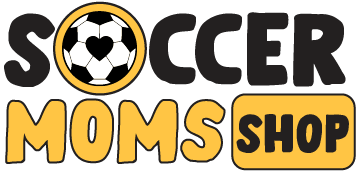All great soccer players spent much of their lives training alone, in addition to practicing with a team, even before they ever joined one. To improve at the game of soccer, not only does your kid need to practice with a team, your child also needs to focus on developing skills on their own in the backyard or on an empty pitch. A few inexpensive items, a patch of grass and a little discipline will help your kid get the most out of solo soccer training.
A Little Equipment Goes a Long Way
A few soccer balls, a dozen pylons and some kind of real or makeshift goal with a net is all your kid needs to practice foot skills when training by him/herself. Because your child has no one to retrieve balls for him/her, having a few balls with him/her will allow your kid to take several shots on the net without too much disruption to him/her training. He/she needs to set up the pylons in a row first and dribble around them and then increase the difficulty of the exercise by arranging them erratically or diagonally.
Brick Walls Are his/her Friends
Your kid needs to replace a passing partner with a brick wall. Kicking a soccer ball against a wall is the only way to practice receiving and trapping passes when training alone. Your kid can also practice one-timing, volleying, heading and saving the ball with a wall. He/she should aim the ball at various spots on the wall with varying control and power to give him/her-self ricocheting passes and shots at different angles and speeds.
A Fitness Regimen Keeps him/her in Shape
Jogging around the block does not simulate the physical demands of a soccer game. Soccer involves sprinting various lengths, stopping and starting quickly, turning and jumping. To practice all these movements and maneuvers, build a fitness routine for him/her-self that encompasses everything from long distance running to sprinting to jumping squats. He/she should try completing the regimen before working on his/her foot skills to accustom the feet and legs to controlling the ball while exhausted, which is how she/he would likely feel during an actual 90-minute game.
Training Tailored to the Weaknesses
Your kid should take advantage of not having to follow the scheduled drills and exercises of a formal practice and focus on the areas where his/her skills and fitness needs improvement. Practice shooting and trapping the ball with the weaker foot. Perform skills over and over again until they start to see progress. For example, to shoot at corners of the net where he/she has difficulty scoring on or practice heading the ball. Also, build up the leg strength if he/she need to or spend more time on wind sprints if your child find him/her-self feeling winded in games.
Source: https://www.sportsrec.com
If you like this article, Follow us on FACEBOOK and INSTAGRAM and PINTEREST!

